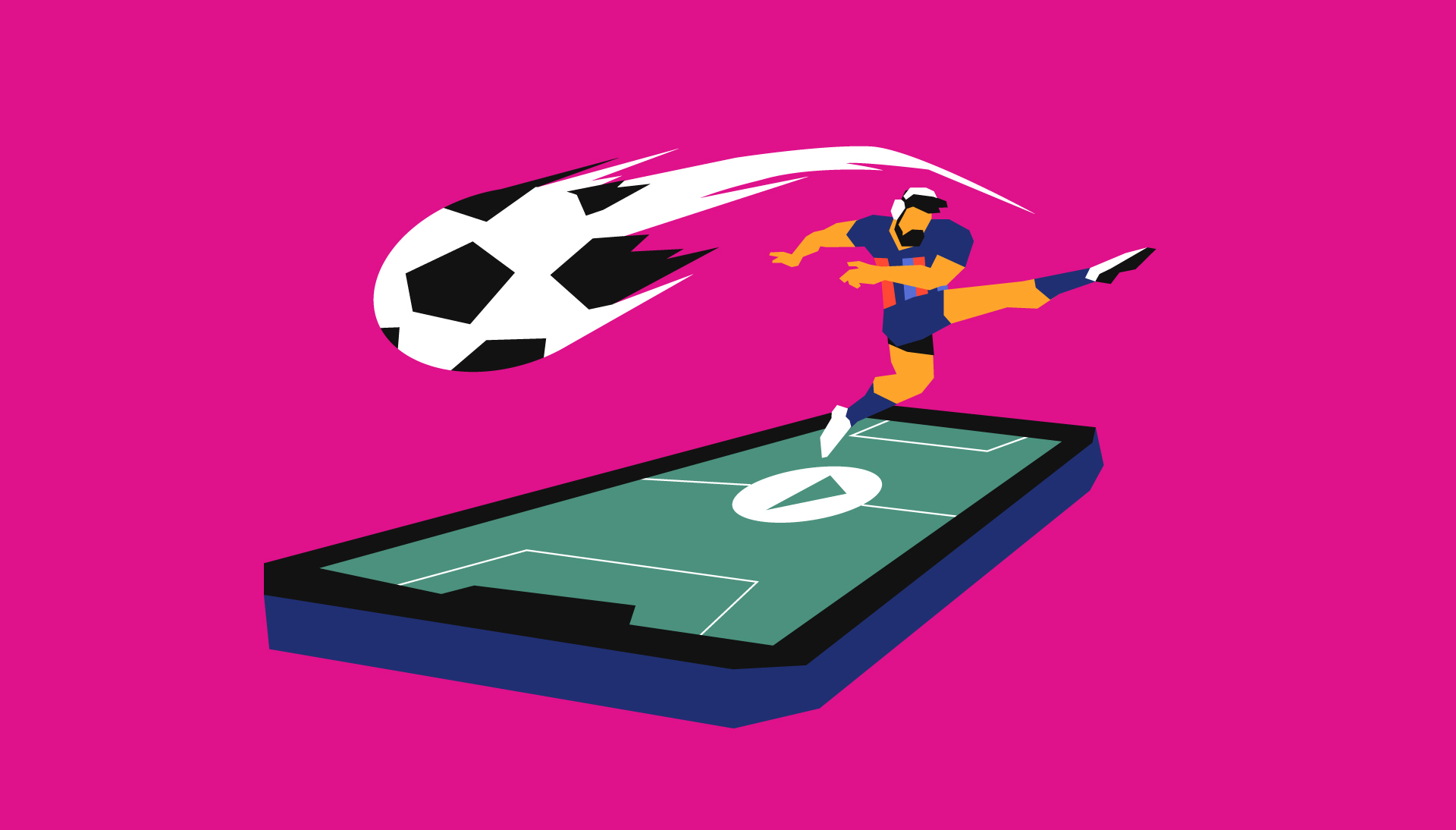
Since 2022, our partnership with FC Barcelona has spanned playlists and football pitches alike. And helping fans connect with their favorite artists and players has been at the heart of that. But Barça faithfuls are no ordinary supporters: They are authentic, emotional, and most of all, exceptionally committed to the club.
This also means their expectations are very high, and they have a voracious appetite for club-related content that is distinctive and entertaining. So each and every day, FC Barcelona’s social media accounts set out to deliver photos, videos, memes, and team updates that keep hundreds of millions of fans around the world buzzing.
The club’s brand identity and engagement teams, headed up by Barça Identity Director Paloma Mikadze and Fan Engagement Director Eric Serra, are responsible for the playful social media strategies, posts, and videos that keep fans supporting the club through their likes, comments, and reposts. They are the storytellers of FC Barcelona, and working together with Spotify’s own storytellers, like Partner Marketing Lead George Mead, they find new and unique ways to bring Barça players together with music’s biggest stars. (Who can forget ROSALÍA’s epic shirt reveal?)
View this post on Instagram
Over the years, FC Barcelona has cultivated a deeply loyal fan following through its social media accounts, and since partnering with Spotify, it only continues to grow stronger. For the Record sat down with Paloma, Eric, and George to talk about their approach to fan engagement, how they get players into the mix, and insights into some of their most memorable campaigns.
No one can forget the incredible artist reveal with ROSALÍA on team kits ahead of an El Clásico match. Can you tell us a little about the process behind that campaign, as well as the results?
Paloma Mikadze: When passion and ambition come together, incredible things happen. That’s a philosophy we truly believe in, and the MOTOMAMI campaign underscores that. Our team makes extraordinary ideas come to life. Bringing sports and music together is wonderful, and we wanted fans around the world to feel and experience that fusion of culture.
We built a strong journey around the hype phase to capture all the attention we were looking for before the reveal moment—we wanted all eyes to be on us, and that’s what we did. The ROSALÍA shirt reveal was a trending topic all over the world. Our content was being consumed by millions of fans, which multiplied the exposure of our brands around the world.
View this post on Instagram
George: That was truly unforgettable! It helps when it coincided with a last-minute match winner to essentially secure the La Liga title, but that really exemplified why this partnership is the first of its kind.
After she featured on the shirt, searches for ROSALÍA on Spotify spiked significantly across the world. Barcelona, meanwhile, got roughly half a billion impressions on content with the singer’s MOTOMAMI logo across all club media channels.
Plus, a TikTok video featuring ROSALÍA remixing the club’s anthem, which was posted on Barcelona’s account to promote the campaign, has now amassed more than 86 million views, further illustrating how Barça have been able to leverage Spotify’s relationship with its artists to better target Gen Z.
How about Anitta’s playlist challenge during this summer’s preseason tour?
Eric Serra: Can you imagine Anitta playing football, or Gavi, Pedri, Raphinha, and Balde recreating one of Anitta’s trendy dances? Maybe not, but this is where the team comes in to create remarkable content for the fans while achieving commercial goals simultaneously. Connecting all the dots is not easy, but when you have the players and artists on the pitch with big smiles during production, you know that the idea is good, and the content will perform very well.
View this post on Instagram
George: Again, that was a perfect example of seeing football and music come together in a way that aligned across the markets for both the club and the artist. Barça has such a massive following in the Latin American markets, so to be able to work with some of the biggest artists and celebrate their talents with those of the club was something that we really wanted to do for the preseason tour. The players loved it because it intersects with the music that they like to listen to, and we saw really good engagement across our own channels as a result.
The players are super active on social media. What’s behind their social strategy?
George Mead: This has been a really fun aspect of our work with the club from the beginning. Working with current players and legends like Ronaldinho to create and share their favorite tracks, which motivate them on match days, in special Spotify playlists—as well as the opportunity for fans to Blend with players—has provided another way for fans to connect with the players via music.
Paloma: We never miss an opportunity to bring the players into our social media plans. They’re generally aware of how crucial content is in today’s landscape, and we always try to propose innovative and fresh content so they can make the most of it. Highlighting their personality and qualities is key when we draw up our content strategy.
They take part in different ways—whether it’s trends, challenges, choreographies, interviews, or amplification from their own channels. We’d like to send a huge thank you to them for their proactivity and willingness to expose the Barça brand to the fullest.
Eric: The approach to player activations is a perfect fit for them. We are providing the kind of content that they consume on social media, and the result is more authentic and engaging for the fans.
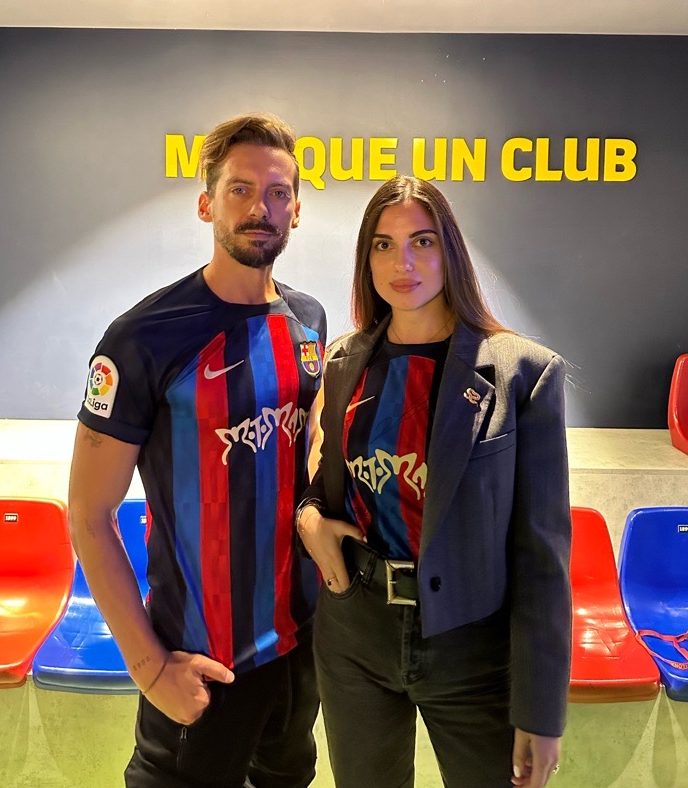
Eric Serra and Paloma Mikadze
How does your social approach help supplement the established futbol fan community?
Paloma: It’s about being authentic and engaging at the same time. Fans have a very strong appetite for content and entertainment, but it’s not only about building strategies. It’s also about analyzing insights to readjust the approach and constantly innovating to meet expectations. We try to be one step ahead. Understanding how and why fans react and behave is the first step to establishing a fan community.
George: As a member of that community myself, I know that that is one of the most engaged demographics out there in terms of social media. We believe that this partnership adds far more than just the Spotify logo across the Barça shirt, and I think we’ve seen from the results so far that we’re speaking to an audience that loves the crossover—and we’re excited to offer more with our projects in the future.
Eric: We don’t have customers, we have fans . . . and we focus on putting the Barça fans at the center of everything we do.
Have your social engagement plans changed at all since partnering with Spotify?
Paloma: Our plans have adapted rather than changed. We know our audience; we understand our fans and we constantly analyze the market. Innovation, flexibility, and insight extraction is essential in our day-to-day work.
Our teams are persistently seeking new opportunities to elevate our partnership through content. We must be relevant in a landscape that offers infinite options, and joining forces with Spotify has been key. Creating strategies to leverage campaigns from a 360-degree point of view is crucial. Now, more than ever, we believe in reaching fans beyond football.
Eric: I agree with Paloma; it’s not a redefinition, but rather a way to take advantage of the partnership. Thanks to them, we’re working on big campaigns with great artists like ROSALÍA, Drake, Anitta, Daddy Yankee, Ovy On The Drums, Piso 21, and more. However, without a previous entertainment and lifestyle brand mindset, it would be impossible to fully integrate the partnership into our day-to-day operations.
George: We’re always interested in the engagement and impressions that we’re getting from our campaigns, and what’s really been great is that these are major music marketing campaigns, but they’re still done with amazing value in terms of output. This club has a massive following around the globe, so we’ve definitely looked at that in markets that we’ve previously not reached to a greater extent.
View this post on Instagram
What are some fan engagement opportunities you see for this partnership going forward?
George: I think there’s still so much we can do together with the club. Everyone at Spotify is really excited about the prospect of the Nou Camp being revamped into an entertainment hub as part of the club’s Espai Barça project. We see that as a really exciting opportunity for us.
What is the value of bringing artists and other creators into the Barça brand?
George: I really think the value is felt through the global reach that this football club has. We’ve seen artists featured on our billboards around the Spotify Camp Nou and obviously our special-edition jersey takeover campaigns. That means they’re reaching new audiences that have previously been untapped for them.
Eric: Music and football, artists and players. If you blend all of these elements to create content and experiences, the primary beneficiary will be the fan. When you bring artists and creators together with players or the Barça brand, you’re merging different fan bases and organically amplifying the impact. Who wouldn’t wonder what happens when an amazing football player interacts with an incredible artist in the same room?
Paloma: Barça is more than a club. That’s the story we want to share globally, and it’s our inspiration. FC Barcelona is a local brand that’s eager to expand its values all over the world. There’s no better way to do that than with credible voices telling our story to specific niches. Our goal is to attract new audiences by amplifying our fan base and creating a solid, loyal relationship with future supporters.
Check out the other stories in our “Playful” edition of Liner Notes to discover more ways we infuse energy, creativity, and delight into our products.







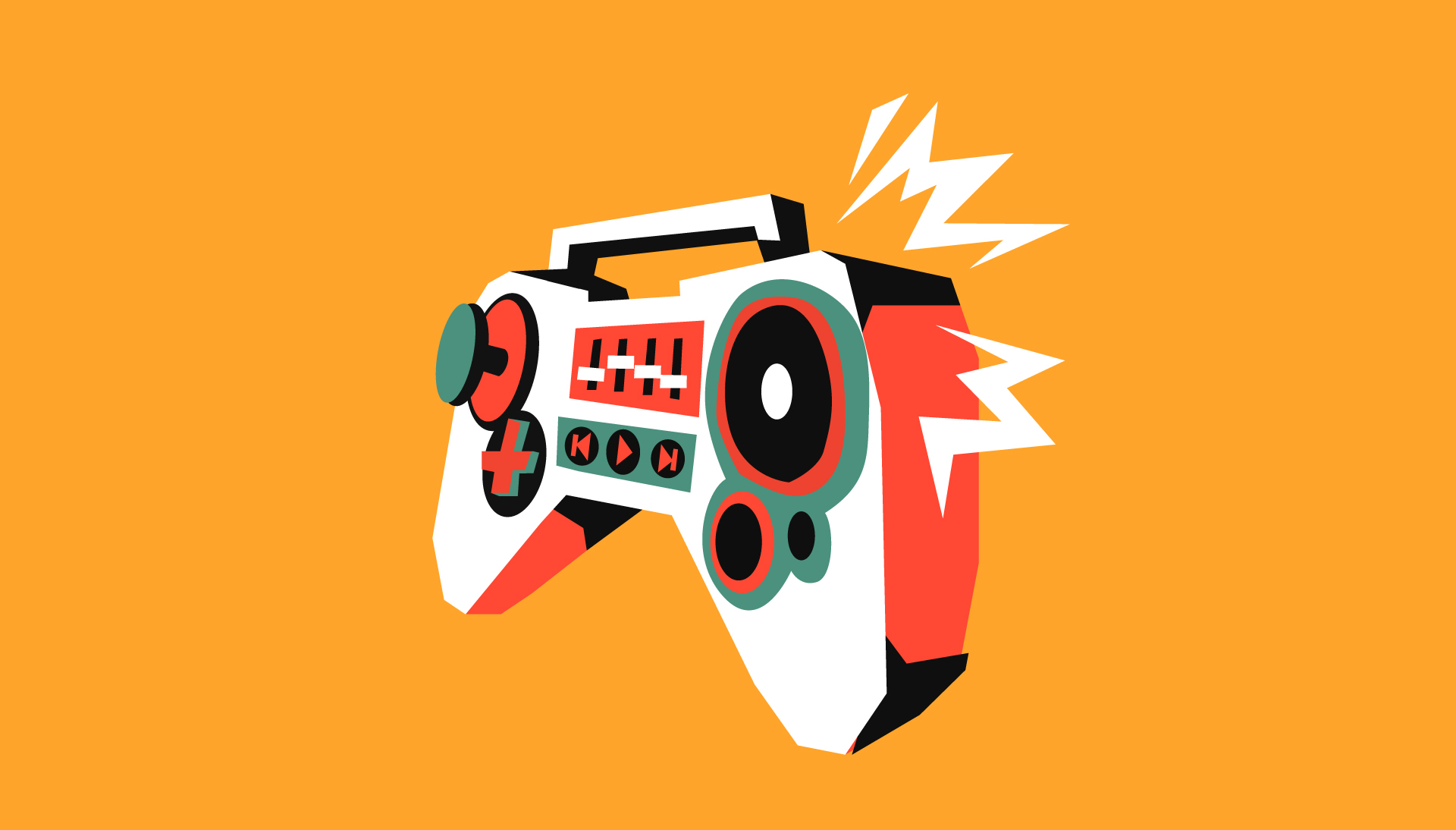
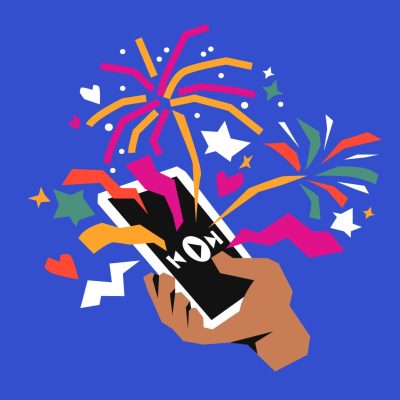
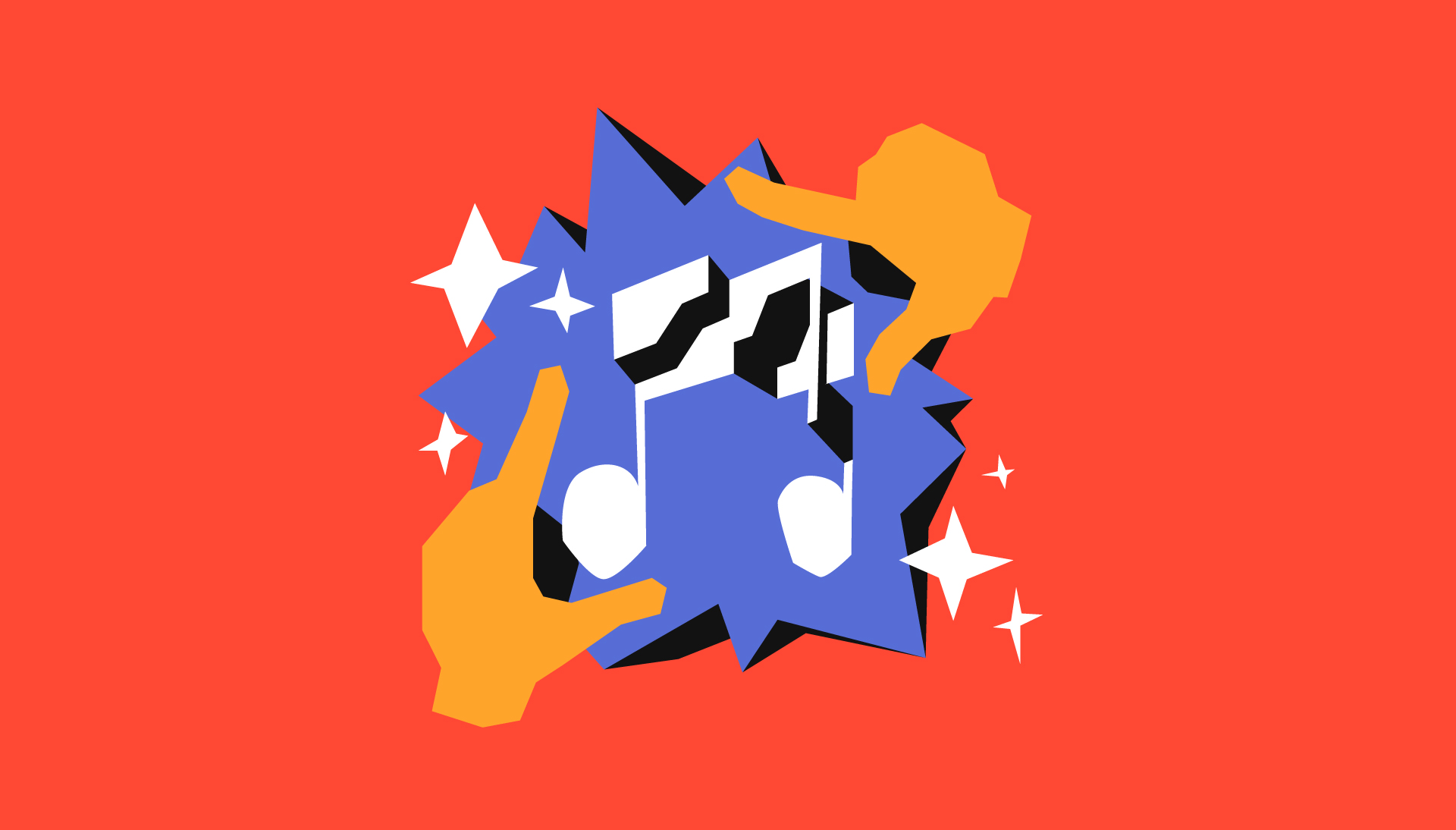
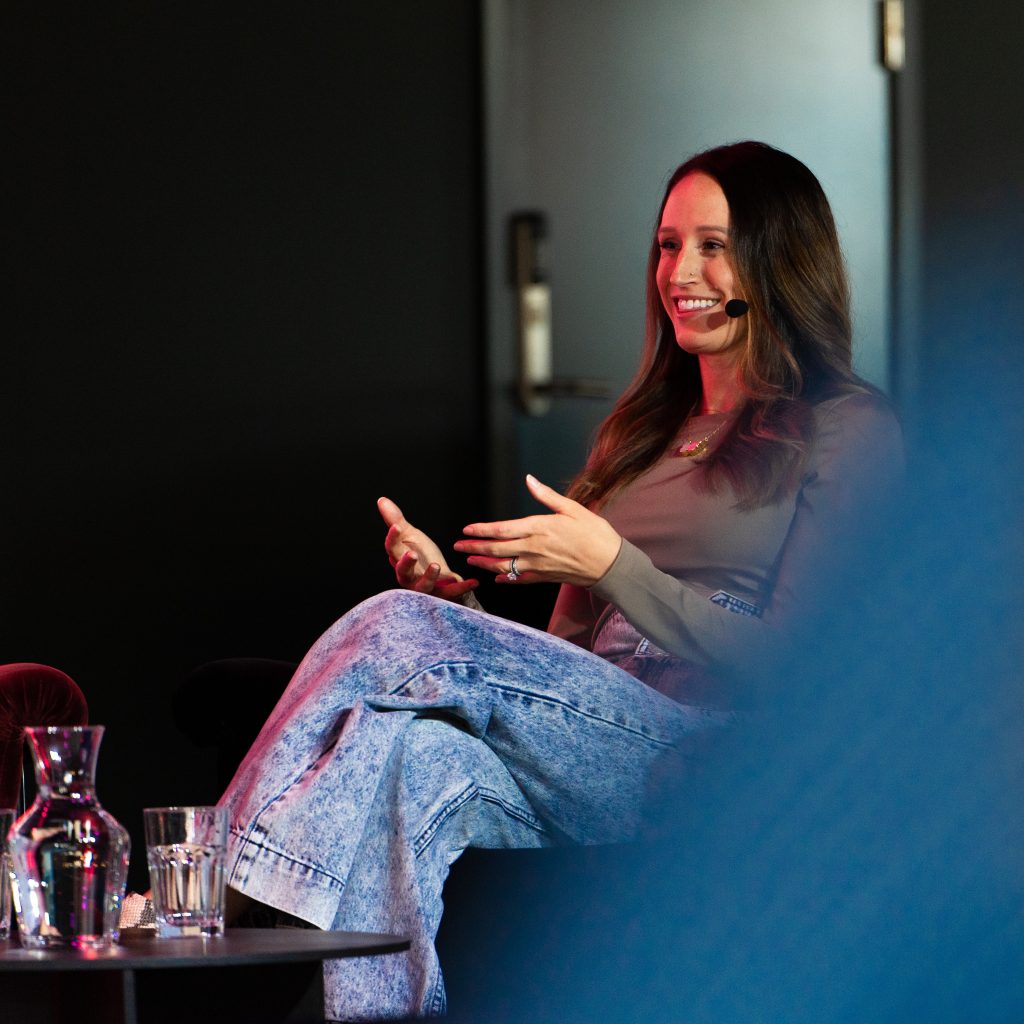
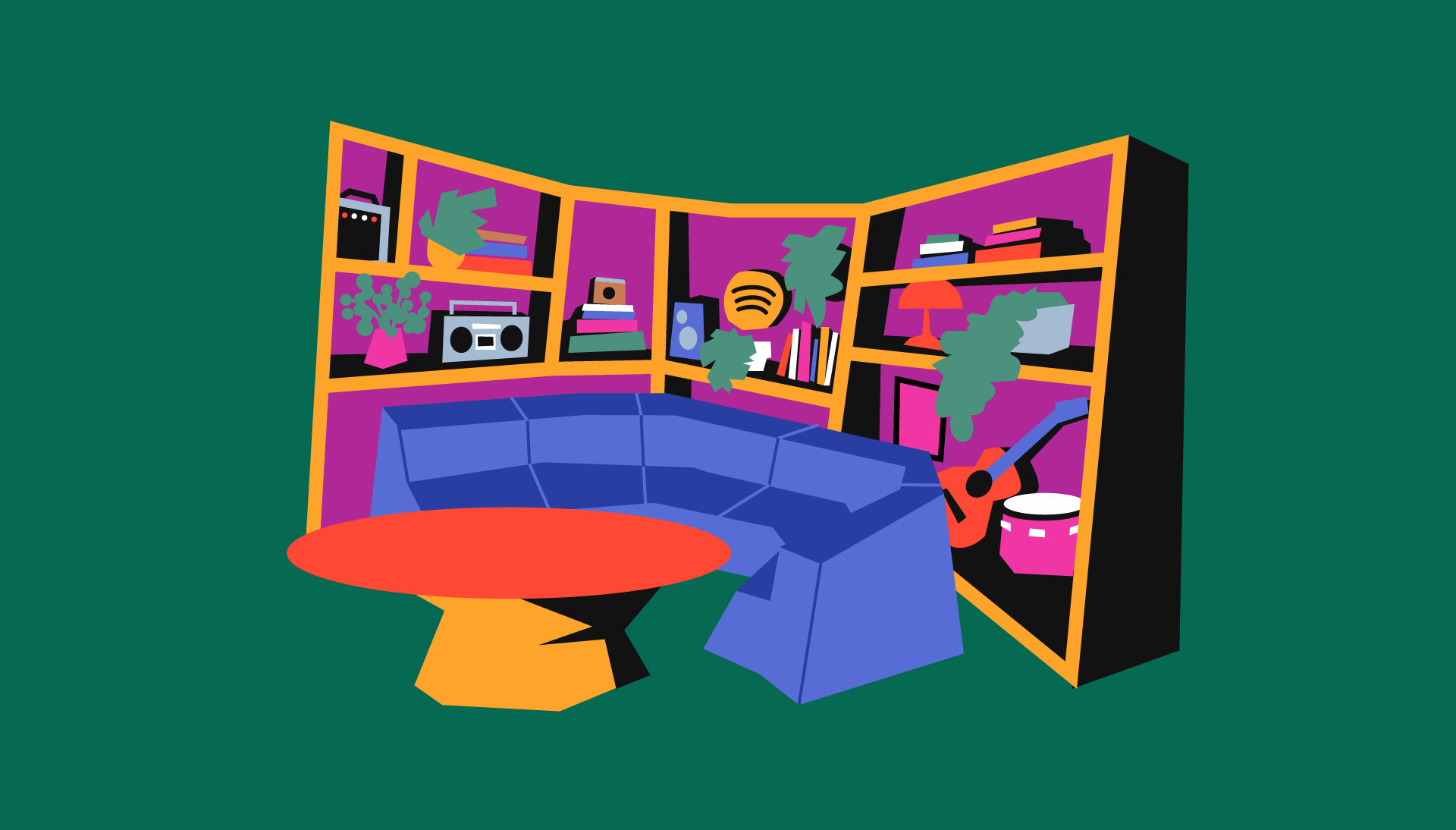
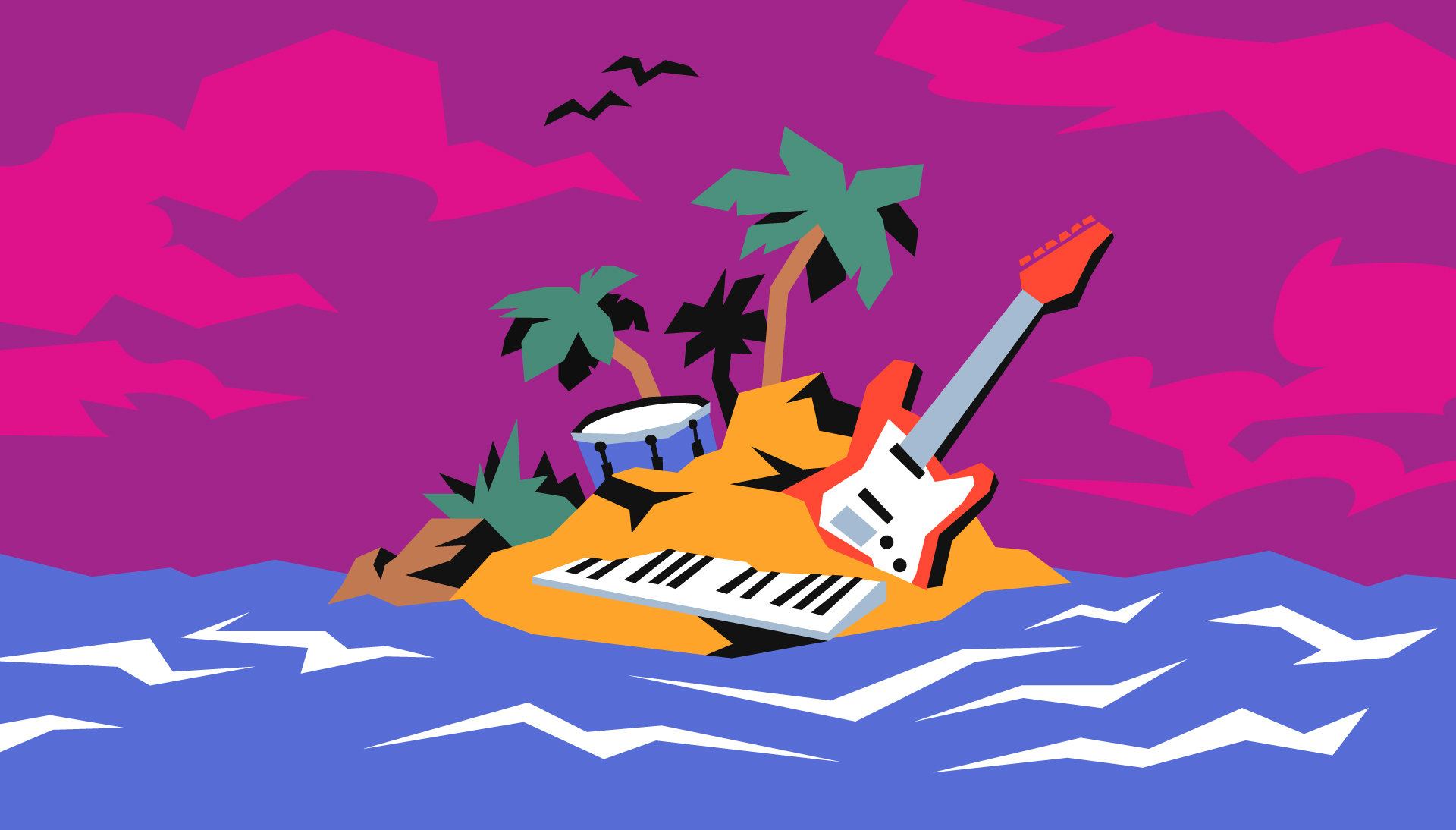
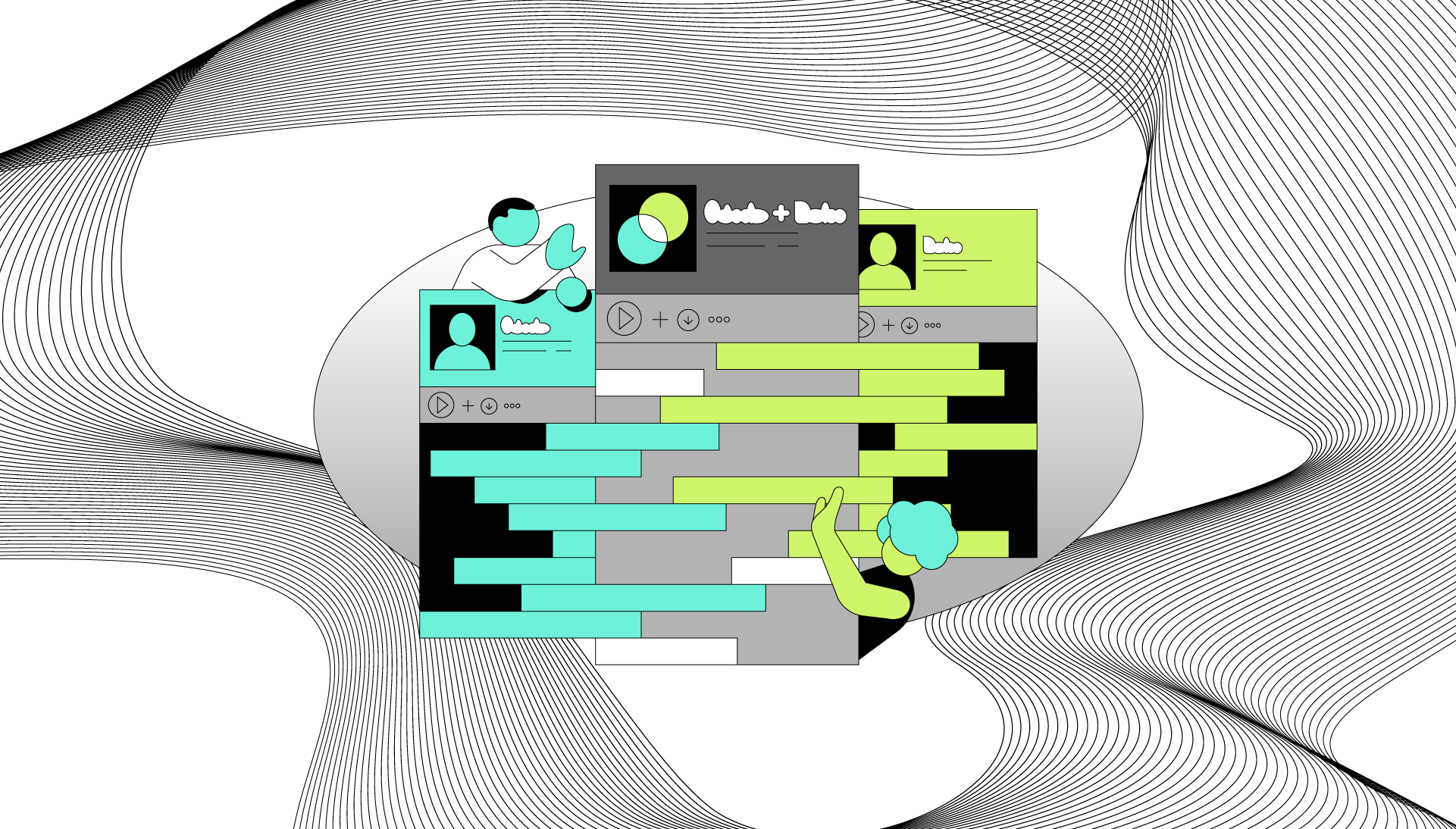
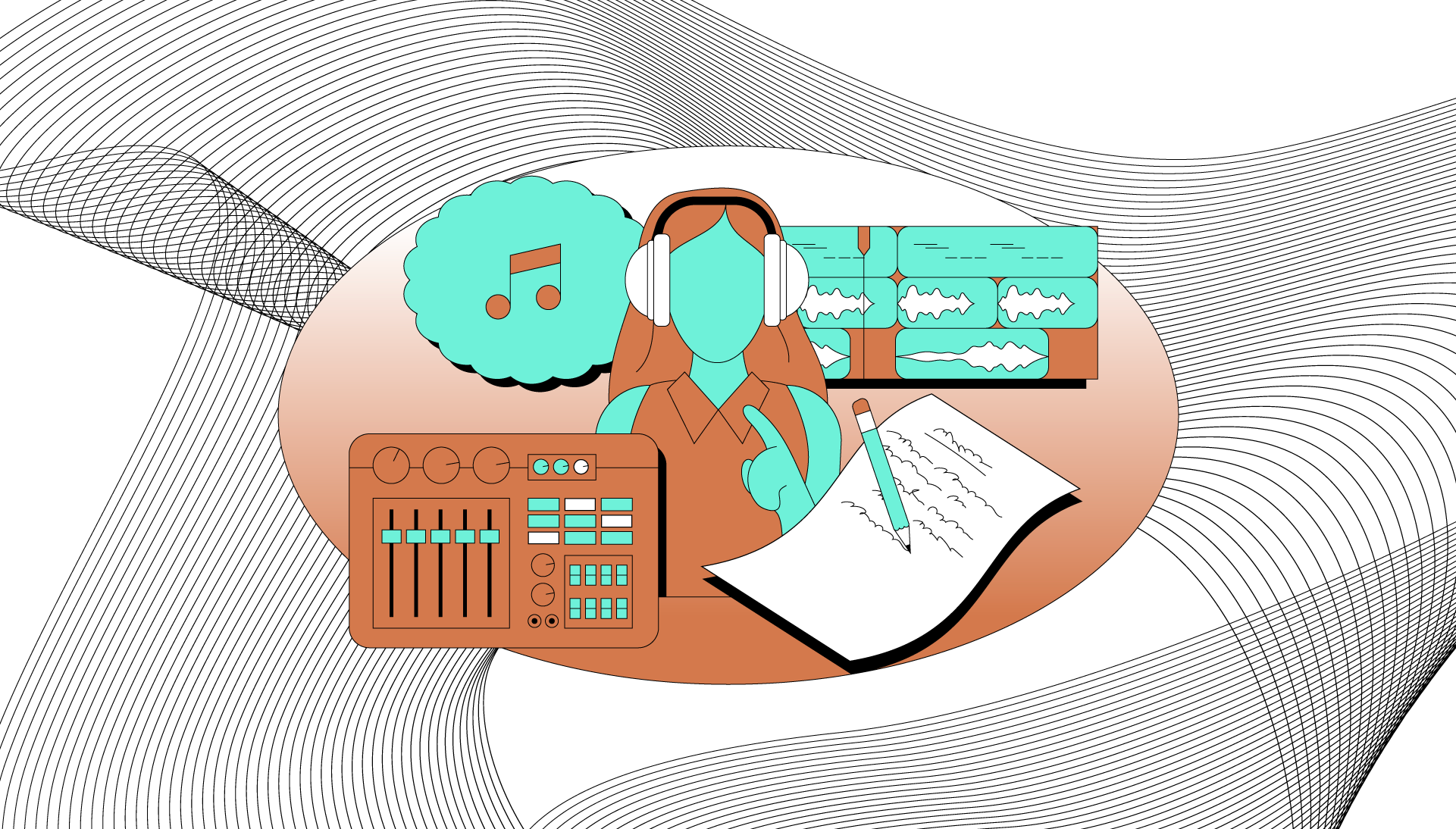


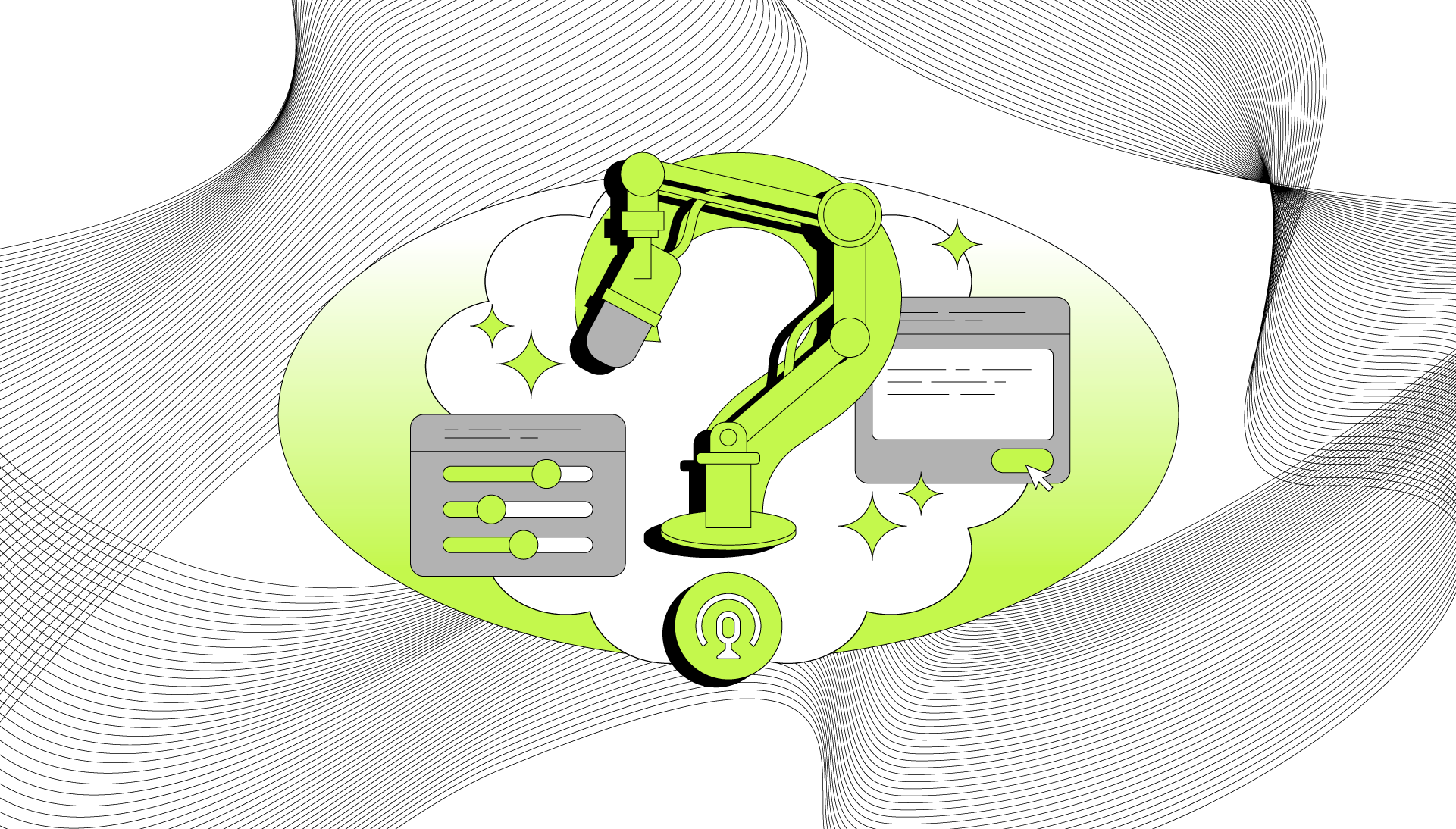
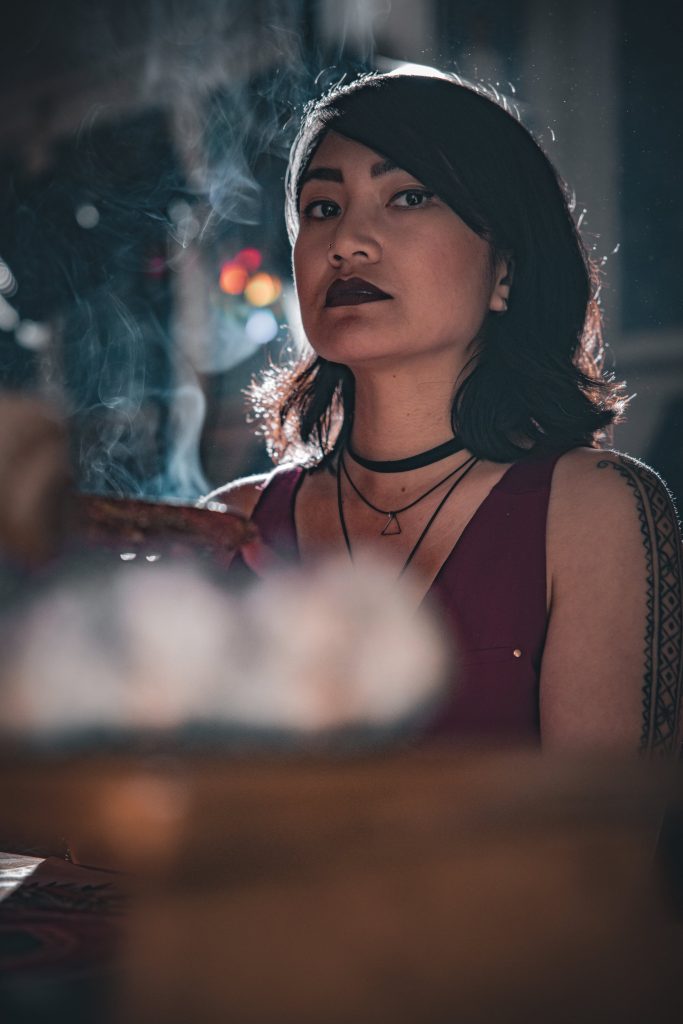
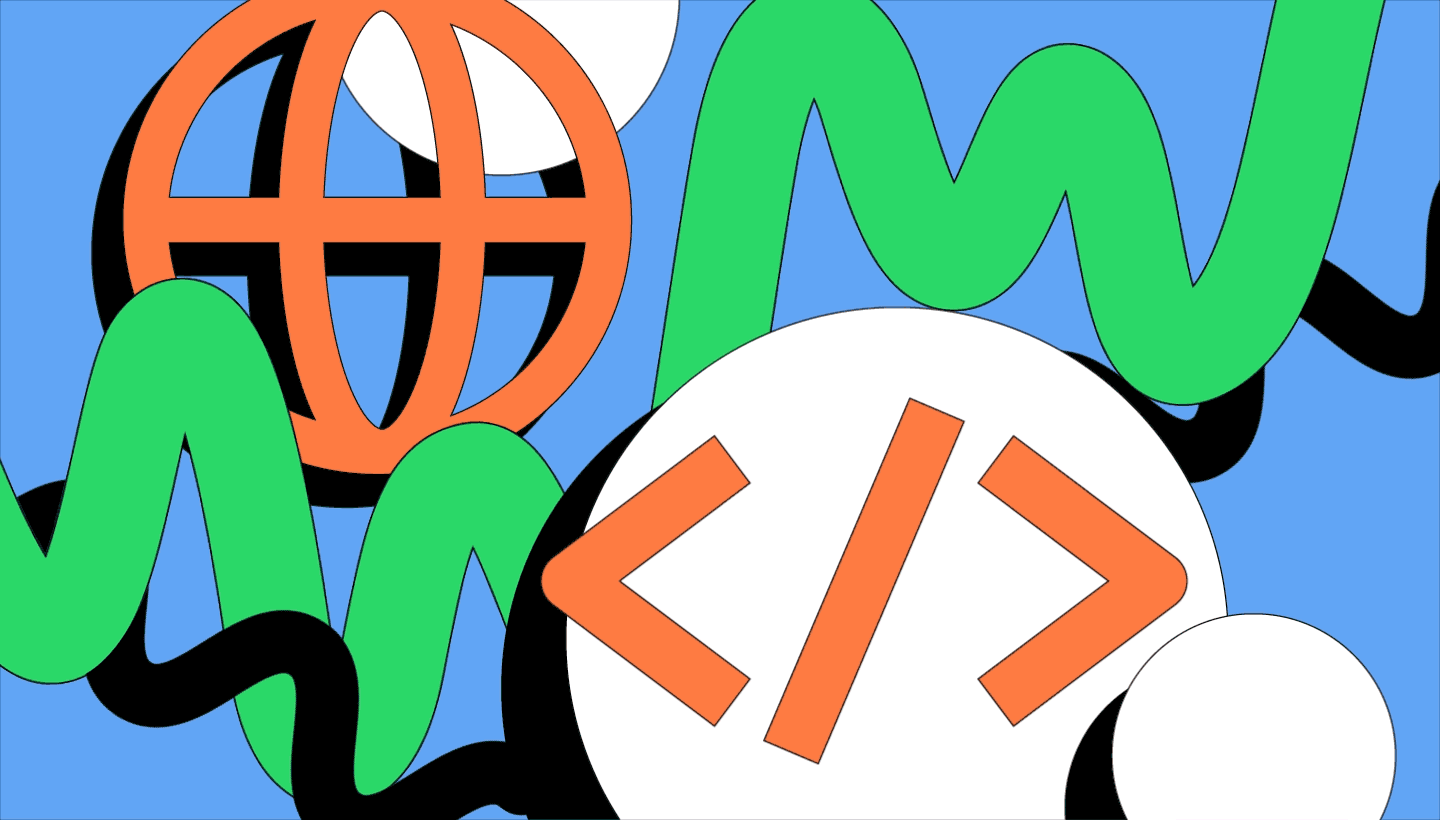
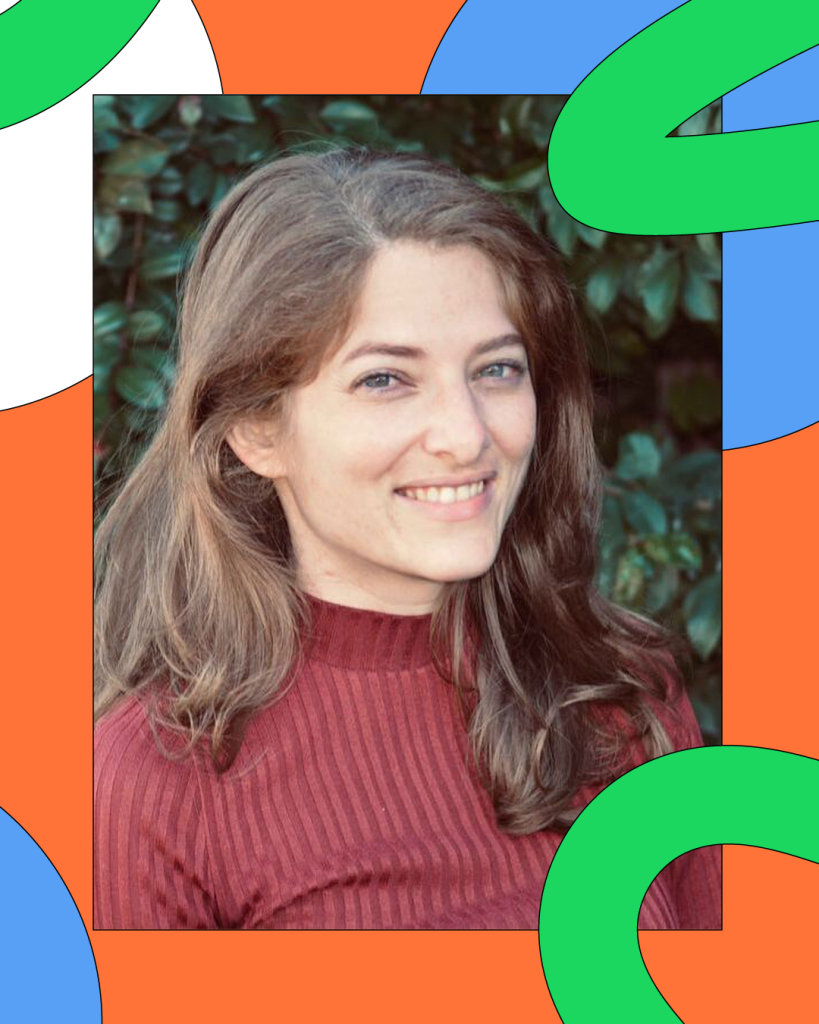
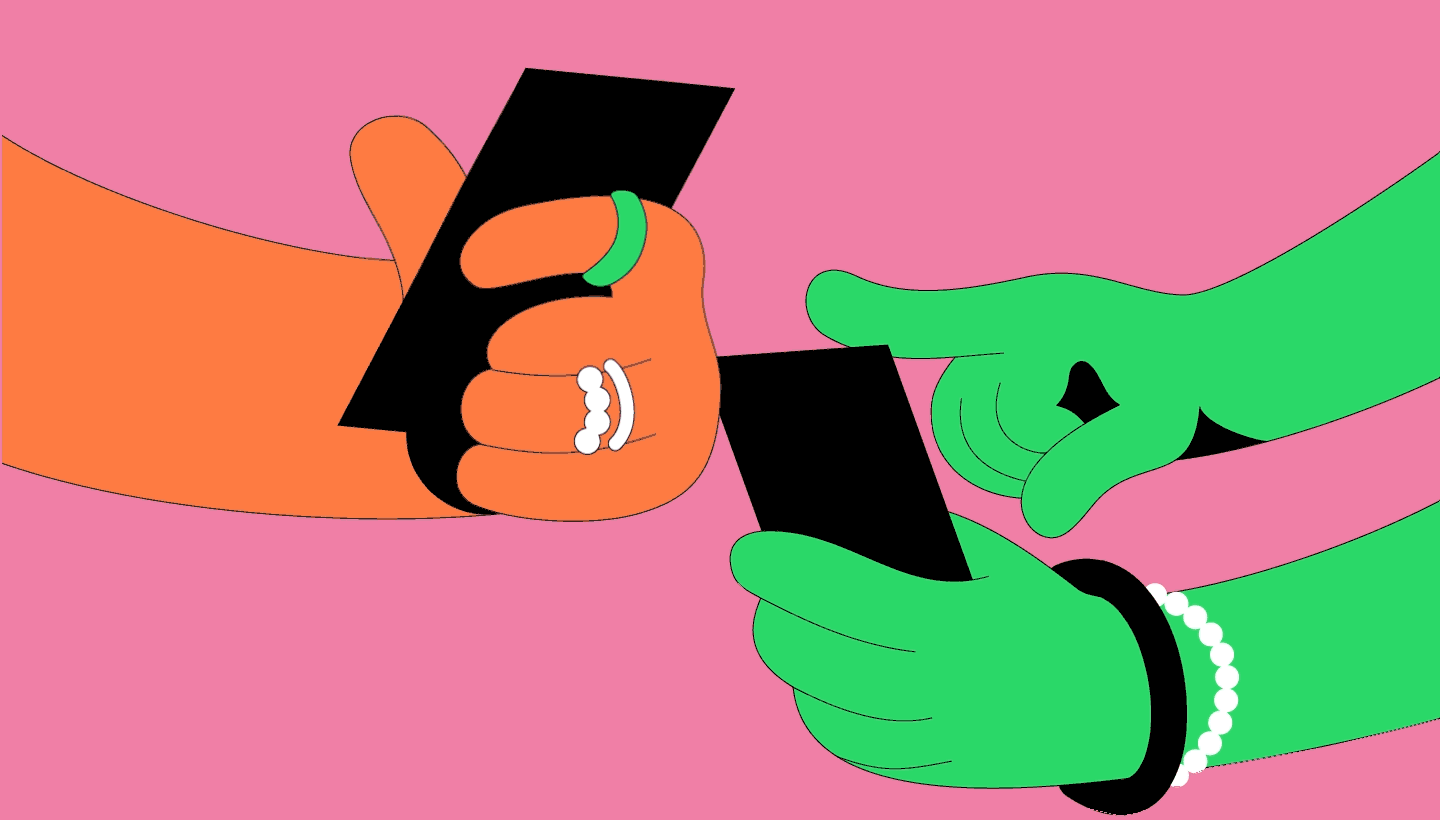


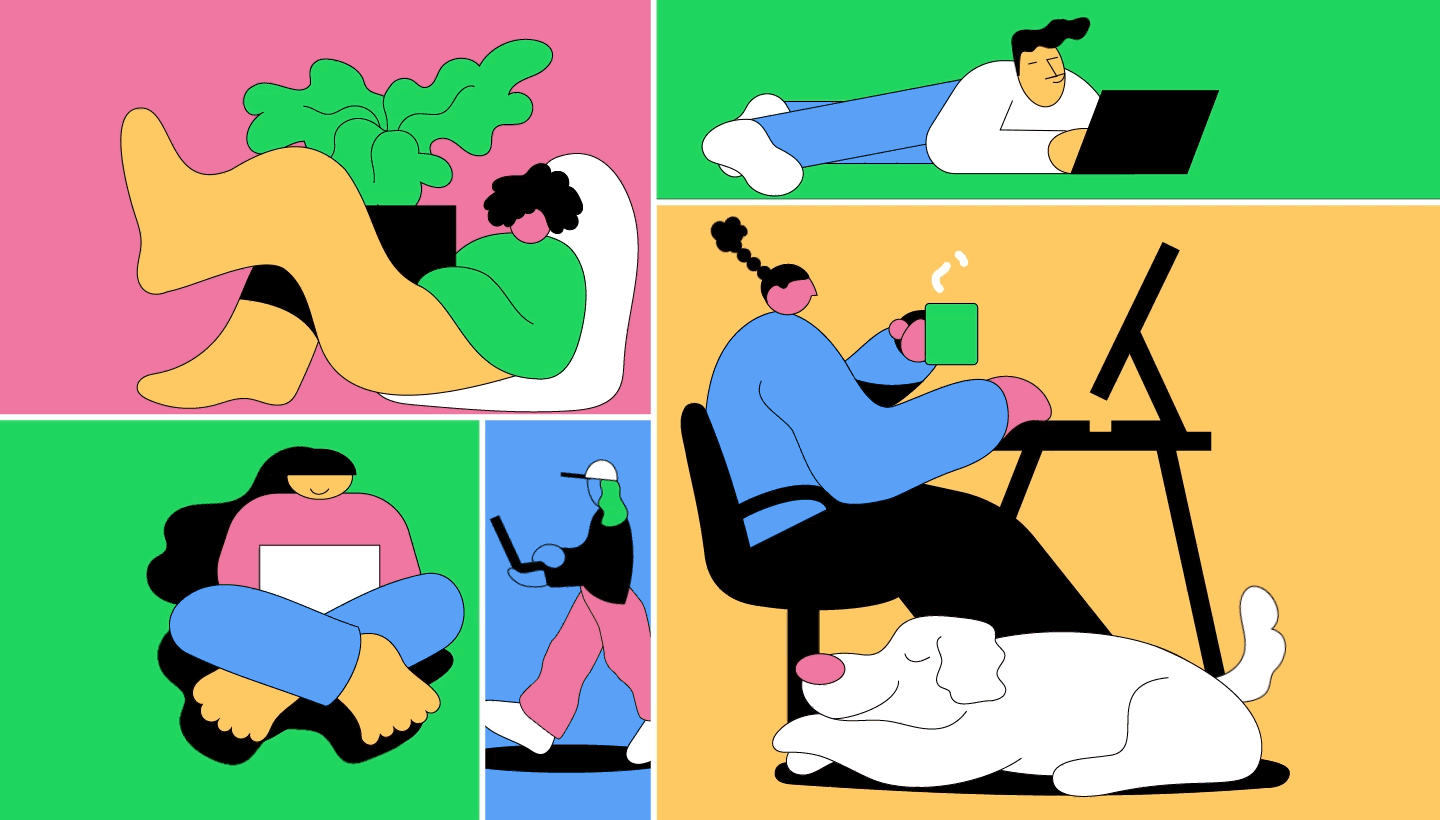
Recent Comments